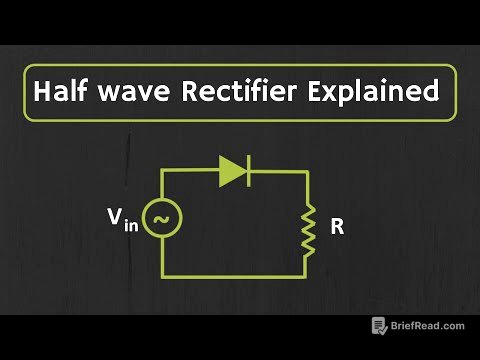TLDR;
The session covers key concepts in animal classification, including body plans (cell aggregate, blind sac, tube-within-tube), germ layers (diploblastic, triploblastic), body cavities (coelom, pseudocoelom, acoelomate), and segmentation. It explains how these features are used to categorize different animal phyla, starting from Porifera to Chordata.
- Body plans include cell aggregate (Porifera), blind sac (Cylindrata, Ctenophora, Platyhelminthes), and tube-within-tube (Aschelminthes to Chordata).
- Germ layers classify animals as diploblastic (Cylindrata, Ctenophora) or triploblastic (Platyhelminthes to Chordata).
- Body cavities are categorized as acoelomate (Porifera, Cylindrata, Ctenophora, Platyhelminthes), pseudocoelomate (Aschelminthes), or eucoelomate (Annelida to Chordata).
- Segmentation is a key feature in Annelida, Arthropoda, and Chordata.
Introduction [0:05]
Dr. Anisha welcomes students to a zoology class focusing on the animal kingdom. The class aims to cover the basics of animal classification, including levels of organisation, body symmetry, body plans, germ layers, body cavities, and segmentation. The goal is to provide a solid foundation for studying more advanced topics.
Body Plans: Cell Aggregate, Blind Sac, and Tube-within-Tube [2:16]
Body plans are categorised into three types: cell aggregate, blind sac, and tube-within-tube. The cell aggregate plan, found in Porifera, involves individual cells performing various functions. The blind sac plan, seen in Cylindrata, Ctenophora, and Platyhelminthes, features a single opening for both ingestion and egestion. The tube-within-tube plan, present in Aschelminthes to Chordata, has two separate openings for ingestion (mouth) and egestion (anus).
Germ Layers: Diploblastic and Triploblastic [14:27]
Germ layers are the embryonic layers that give rise to different tissues and organs. Diploblastic organisms, like Cylindrata and Ctenophora, have two germ layers: ectoderm and endoderm. Triploblastic organisms, from Platyhelminthes to Chordata, have three germ layers: ectoderm, mesoderm, and endoderm. The ectoderm forms the nervous system and skin, the endoderm forms the digestive tract, and the mesoderm forms muscles, bones, and connective tissues.
Body Cavity or Coelom: Acoelomate, Pseudocoelomate, and Eucoelomate [23:46]
The body cavity, or coelom, is the space between the body wall and the digestive tube. Acoelomate organisms (Porifera, Cylindrata, Ctenophora, and Platyhelminthes) lack a true body cavity. Pseudocoelomate organisms (Aschelminthes) have a body cavity that is not completely lined by mesoderm. Eucoelomate organisms (Annelida to Chordata) possess a true coelom, which is a body cavity completely lined by mesoderm.
Segmentation: True Segmentation [41:54]
Segmentation refers to the division of the body into repeating units or segments. True segmentation involves both internal and external divisions. Annelida, Arthropoda, and Chordata exhibit true segmentation. Examples include the clear segments in earthworms and the division of the human body into head, thorax, and abdomen.
Questions and Conclusion [45:35]
The session concludes with a few questions to recap the topics covered. The questions cover tissue level organisation, organ system level organisation, incomplete digestive tract, common name for porifera and bilaterally symmetrical triploblastic animals. The next class will further explore the animal kingdom and its classification.









